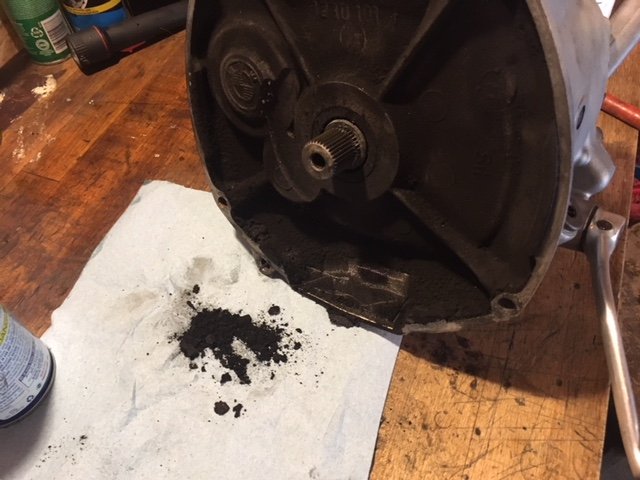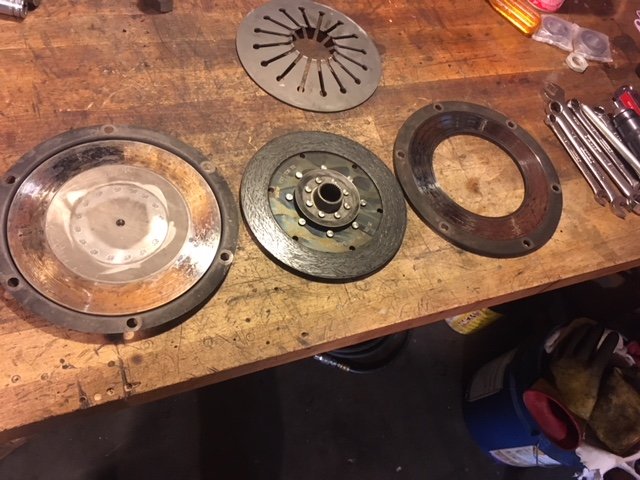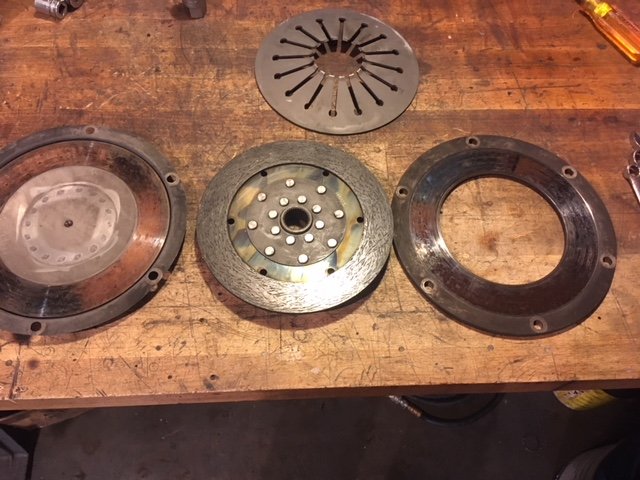10drum
New member
Greetings, The bike is running good. The previous owner mentioned that the clutch is different when its warmed up quite a bit. I took it for a pretty long ride (for me) yesterday, and noticed the clutch was not smooth, I'd have to let it out extremely slow. At 66K I'm sure that the clutch need some attention. My question is #1; what to look for when taking it apart, and #2 what parts should I replace? Yes, I'll replace the friction plate, should I replace the diaphragm, the compression ring, the release bearing piston? I will buy an alignment tool. Are there other tools I should buy, or are there alternatives I could use? Thanks again for the replies. Phil




